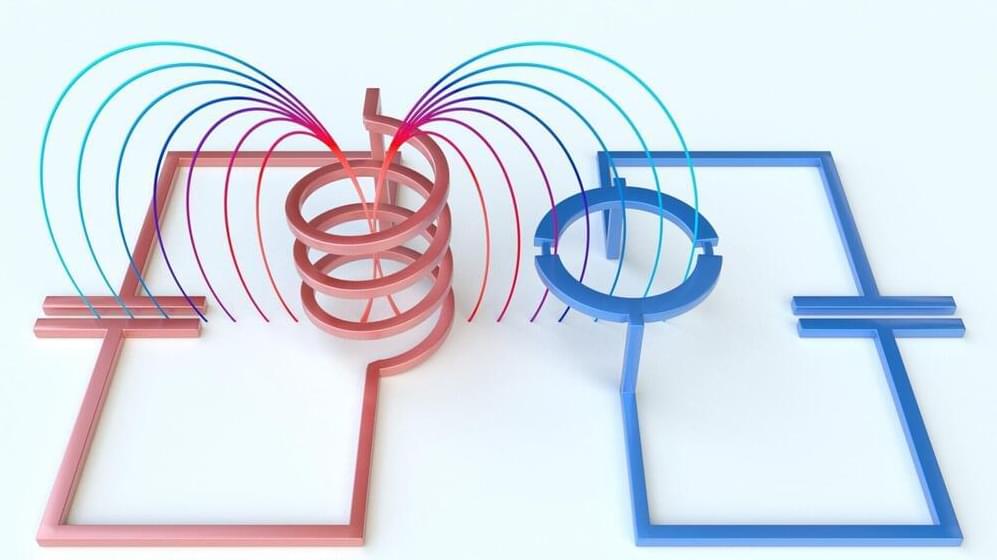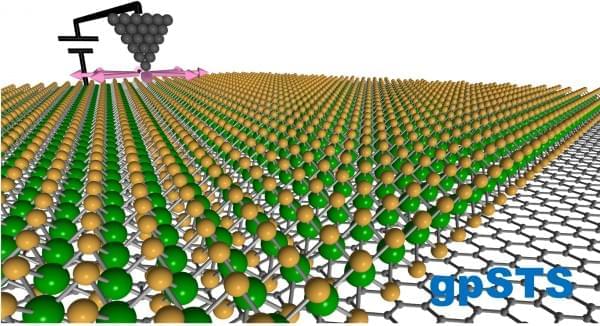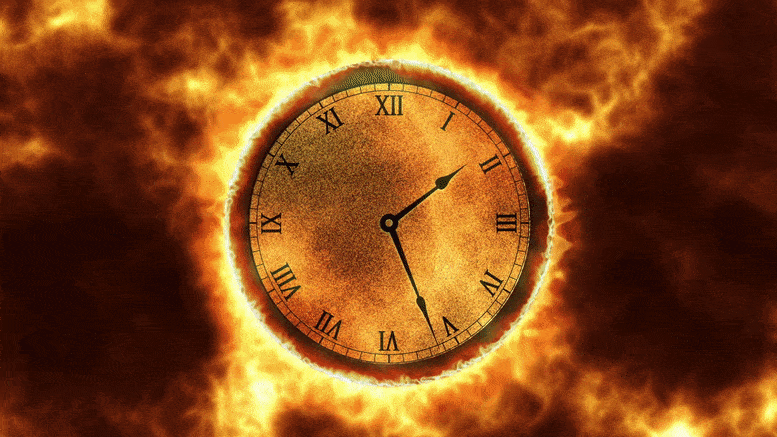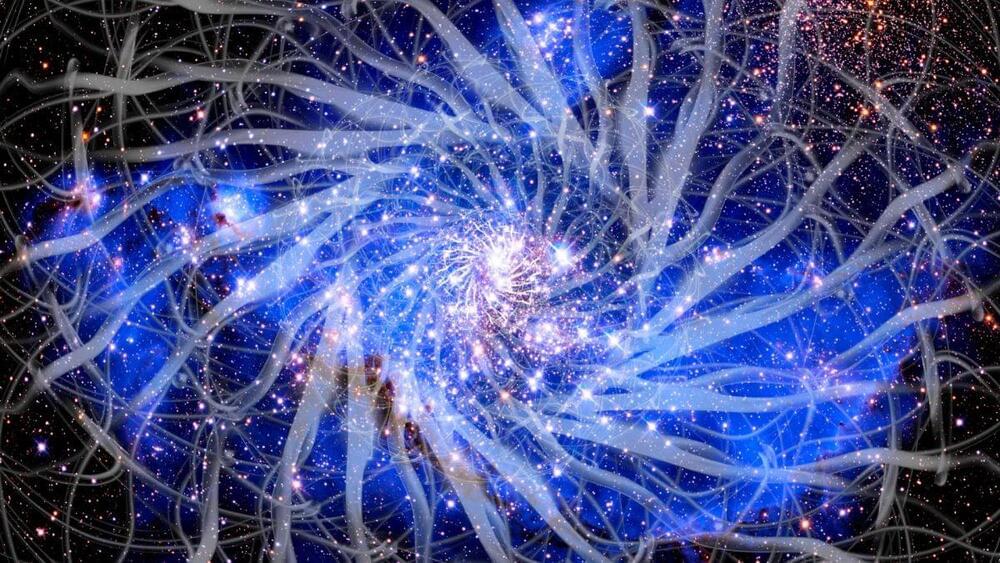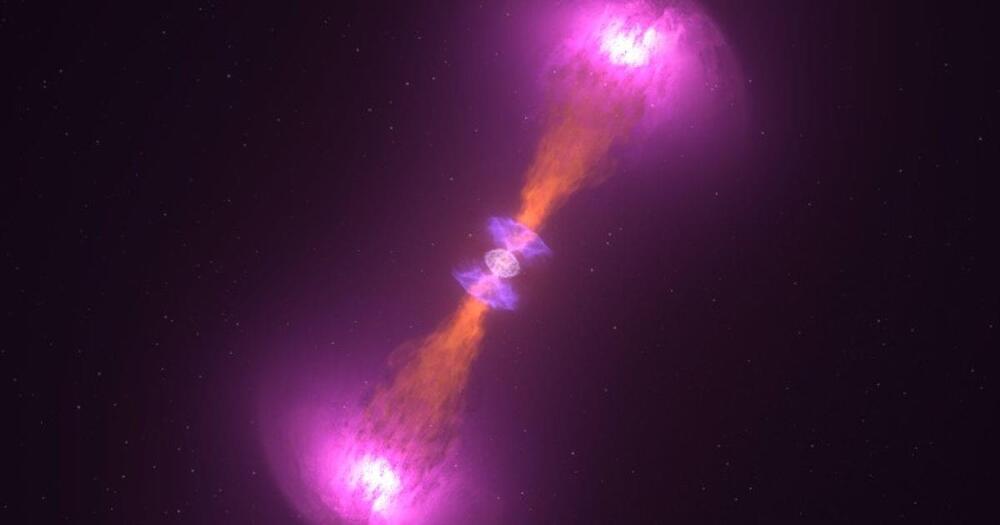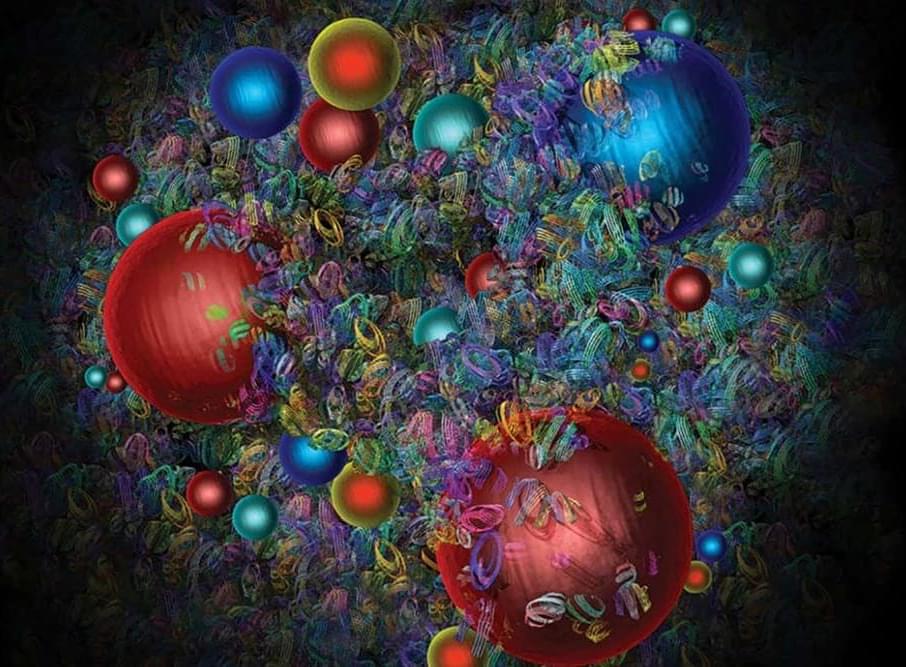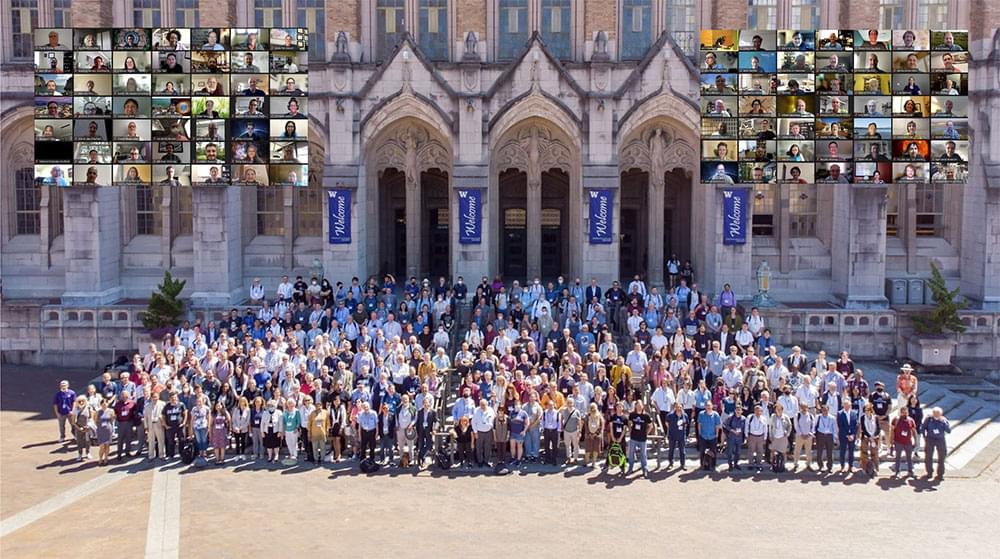Physicists from TU Delft, ETH Zürich and the University of Tübingen have built a quantum scale heat pump made from particles of light. This device brings scientists closer to the quantum limit of measuring radio frequency signals, which may be useful in the hunt for dark matter. Their work will be published as an open-access article in Science Advances on Aug. 26.
If you bring two objects of different temperature together, such as putting a warm bottle of white wine into a cold chill pack, heat usually flows in one direction, from hot (the wine) to cold (the chill pack). And if you wait long enough, the two will both reach the same temperature, a process known in physics as reaching equilibrium: a balance between the heat flow one way and the other.
If you are willing to do some work, you can break this balance and cause heat to flow in the “wrong” way. This is the principle used in your refrigerator to keep your food cold, and in efficient heat pumps that can steal heat from the cold air outside to warm your house. In their publication, Gary Steele and his co-authors demonstrate a quantum analog of a heat pump, causing the elementary quantum particles of light, known as photons, to move “against the flow” from a hot object to a cold one.
